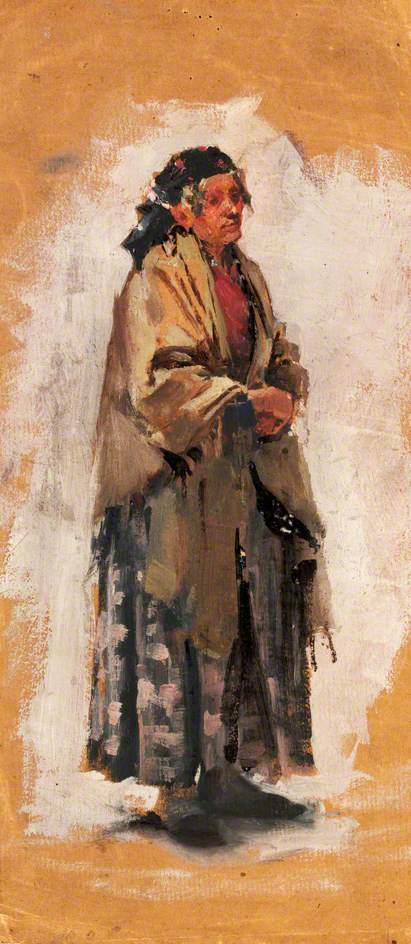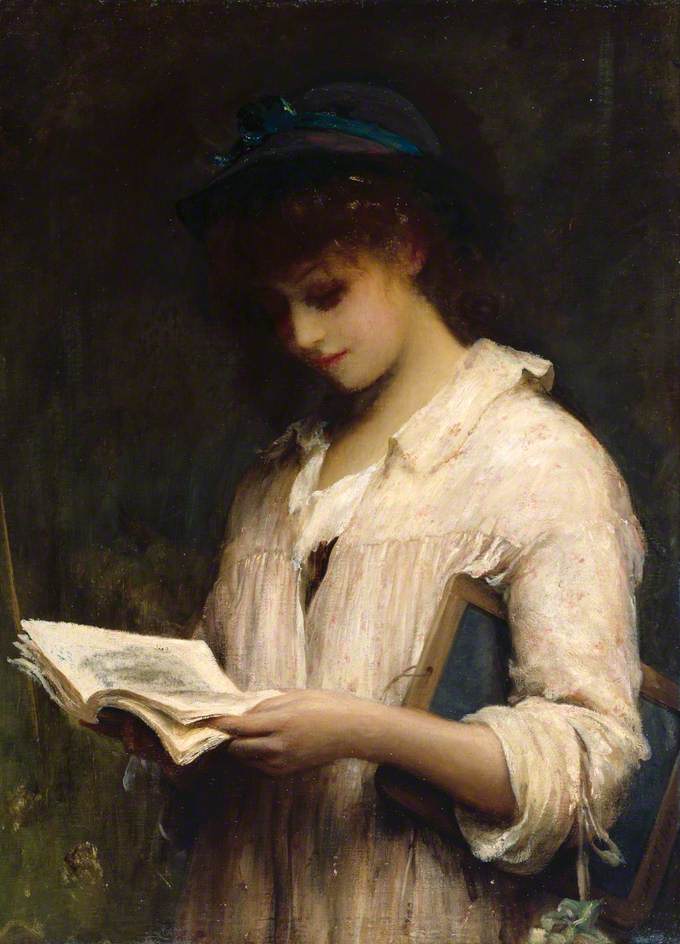Sir Samuel Luke Fildes
Samuel Luke Fildes was born in Liverpool in 1843. When he was a child he was adopted by his grandmother, Mary Fildes, a political activist who was one of the speakers at the Manchester meeting that ended in the Peterloo Massacre. In the 1840s Mary Fildes ran the Shrewsbury Arms in Chester and was a leading figure in the Female Chartist movement.
At the age of seventeen Luke Fildes became a student at the Warrington School of Art. Fildes moved to South Kensington Art School where he met Hubert von Herkomer and Frank Holl. All three men became influenced by the work of Frederick Walker, the leader of the social realist movement in Britain.
Fildes shared his grandmother's concern for the poor and in 1869 joined the staff of the Graphic magazine, an illustrated weekly edited by the social reformer, William Luson Thomas. Fildes shared Thomas' belief in the power of visual images to change public opinion on subjects such as poverty and injustice. Thomas hoped that the images in the Graphic would result in individual acts of charity and collective social action.
In the first edition of the Graphic magazine that appeared in December 1869, Luke Fildes was asked to provide an illustration to accompany an article on the Houseless Poor Act, a new measure that allowed some of those people out of work shelter for a night in the casual ward of a workhouse. The picture produced by Fildes showed a line of homeless people applying for tickets to stay overnight in the workhouse. The engraving, entitled Houseless and Hungry, was seen by John Everett Millais who brought it to the attention of Charles Dickens, who was so impressed he immediately commissioned Fildes to illustrate 'The Mystery of Edwin Drood'.
Fildes soon became a popular artist and by 1870 he had given up working from the Graphic and had turned his full attention to oil painting. Several of his early engravings were later turned into paintings. This included a version of Houseless and Hungry that he called 'Applicants to a Casual Ward' (1874). Other paintings by Fildes that dealt with social issues included: 'Widower' (1876) and 'The Return of the Penitent' (1876).
In the 1880s Luke Fildes became a portrait painter and soon became one of the most successful artists in England. However, in 1890 Fildes returned to social subjects when he was commissioned by Henry Tate to paint a picture for his new National Gallery of British Art. Fildes decided to paint a picture based on the death of his son called 'The Doctor'. The painting shows a concerned physician watching a dying child. 'The Doctor' was acclaimed by the critics and became one of the best-selling engravings of the Victorian era. One doctor told his students that "a library of books would not do what this picture has done and will do for the medical profession in making the hearts of our fellow men warm to us with confidence and affection."
Despite the £3,000 Henry Tate paid for The Doctor, Fildes complained that he would have made more money by painting portraits. After 'The Doctor' was finished Fildes returned to painting the rich and famous. Fildes' belief in realism sometimes caused him problems with his subjects. Cecil Rhodes was so angry with his portrait he sent Fildes a note with the cheque claiming that "as soon as it arrives I will burn it". Fildes responded by refusing the cheque and keeping the picture.
By 1900 Fildes was the most highly paid portrait painters in England. He painted several members of the royal family including a portrait of Edward VII on his deathbed. Luke Fildes, who was knighted in 1906, died in 1918.





































ليست هناك تعليقات:
إرسال تعليق